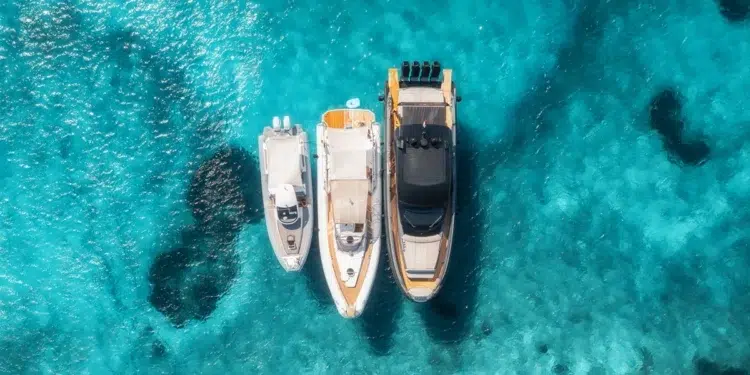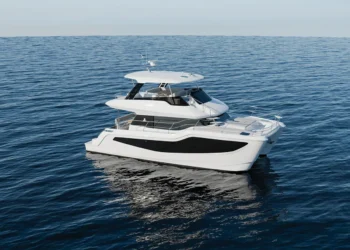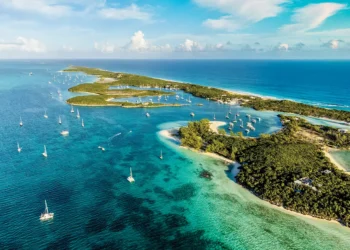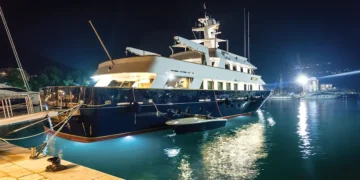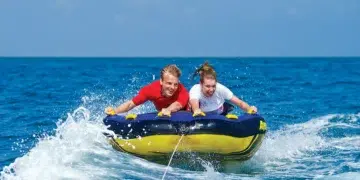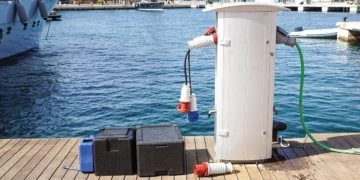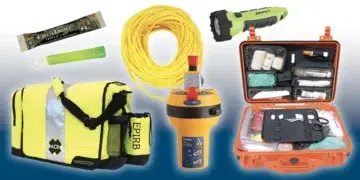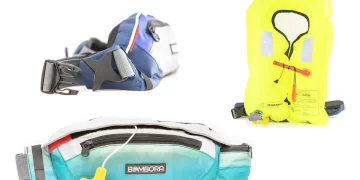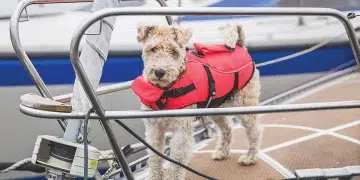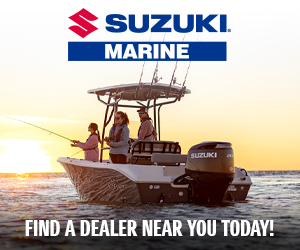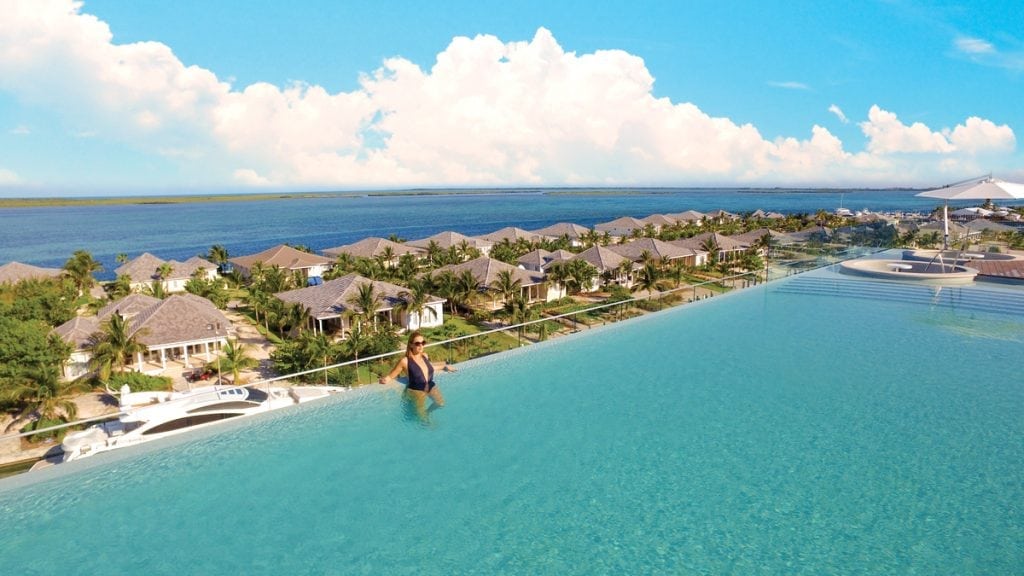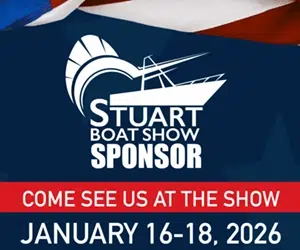A Boater’s Pre-Cruising Checklist
Before you embark on an exciting cruising adventure, it’s essential to ensure that your boat’s systems are shipshape and ready to go. A well-prepared vessel not only guarantees a safe journey, but also assures a hassle-free and enjoyable experience on the water. Here’s a boater-friendly pre-cruising checklist to help you get started:
Safety Equipment: Begin with a thorough inspection of safety gear. Ensure you have life jackets, flares, a first-aid kit, fire extinguishers, a certified throwable, and a working horn or whistle onboard. Double-check that all safety equipment is up-to-date and in good condition.
Navigation Systems: Confirm that your GPS, chartplotter, and compass are functioning correctly. Update charts and navigation software as necessary.
Engine and Fuel: Check the engine for any signs of wear or damage. Top off fuel tanks and verify that all engine fluids are at the appropriate levels.
Electrical Systems: Test all electrical systems, including lights, navigation lights, and communication devices. Carry spare batteries and be sure your VHF radio is working well.
Bilge Pumps: Inspect bilge pumps and ensure they are in good working order. A reliable bilge pump is essential for keeping your bilge compartment dry.
Also Read
A Quick Preview Inside the Aquila 46 Yacht: Beam, Layouts, And More
Aquila 46 Yacht Quick Facts Model: Aquila 46 Yacht (new for 2025)Design DNA: “Explorer” aesthetic from the Aquila 50 YachtCertification:...
Anchoring Gear: Verify the condition of your anchor, chain, and lines. Be certain that the windlass or manual winch works smoothly.
Sails and Rigging: For sailboats, check the condition of sails, lines, and rigging. Look for any signs of wear or damage and make necessary repairs or replacements.
Plumbing and Water Systems: Test the freshwater and plumbing systems to ensure there are no leaks or blockages. Verify that the toilet, sinks, and showers are in working order.
Provisions: Stock up on food, water, and essential supplies for your trip. Consider the duration of your cruise and pack accordingly.
Documentation: Be sure all necessary documents, such as your boating license, registration, and insurance, are up-to-date and readily accessible.
Weather Forecast: Check the weather forecast for your intended route and destination. Be prepared for changing conditions.
Emergency Plan: Develop an emergency plan and communicate it with your crew. Ensure everyone knows the location of safety equipment and how to
use it.
Subscribe Here For More Boating Content
By diligently following this checklist, you can set sail with confidence, knowing that your boat’s systems are in optimal condition. Safety and preparedness should always be your top priorities when embarking on a cruising adventure. So, hoist your sails or fire up your engines, and get ready for a fantastic time on the water.
Key Facts
Goal: Leave the dock with a safe, reliable, and compliant boat.
Must-haves: Current PFDs, flares, first-aid kit, fire extinguishers, horn/whistle, VHF working.
Systems: Engine/fluids, belts/impellers, fuel on board, navigation lights, house/starting batteries healthy.
Pumps: Test bilge pumps (auto/manual) and float switches; verify discharge.
Ground tackle: Anchor, chain/rope in good condition; windlass runs both directions.
Living aboard: Freshwater & heads working; no leaks at hoses, clamps, seacocks.
Docs: Registration, insurance, licenses onboard and accessible.
Plan: Check weather & tides, file a float plan (detailed below), brief crew on gear and MOB basics.
Also Read:
Increased Cruising Permit Fees – Bahamas’ New Rules Take Effect July 1
Updated July 31, 2025. If the Bahamas is on your cruising itinerary, pay attention: Starting July 1, 2025,...
Final 10-Minute Checks
Batteries ON; fuel valves OPEN; seacocks in correct positions
Engine bay sniff/scan (no fuel/raw-water leaks); blowers as needed
Radios ON (make a radio check); GPS/chartplotter fixed & route loaded
Navigation lights / horn test if applicable
Bilge pump AUTO light cycles; manual switch runs pump
Anchor cleared to run; dock lines/fenders stowed or set
Throwable device, first-aid kit, extinguishers reachable
Crew briefed: PFDs, MOB callout, fire plan, kill switch/stop button
People Also Ask:
What safety items are mandatory?
At minimum: properly sized PFDs, flares in date, a throwable, fire extinguishers, and a sound-signaling device (horn/whistle).
How do I know my bilge pump is ready?
Test AUTO (lift the float) and manual switch; confirm water exits the discharge.
Do I really need a float plan?
Yes—share route, ETA, and contacts so someone can escalate if you’re overdue.
Top spares for short cruises?
Fuel and oil filters, belts, spare impeller, fuses, hose clamps, electrical tape, engine oil/coolant.
Quick radio check?
Power VHF, select a working channel per local practice, make a brief radio check, and verify GPS position on the set if applicable.


